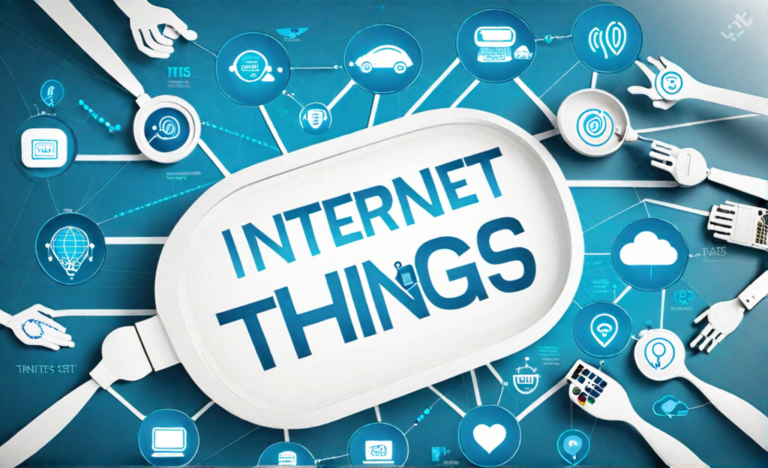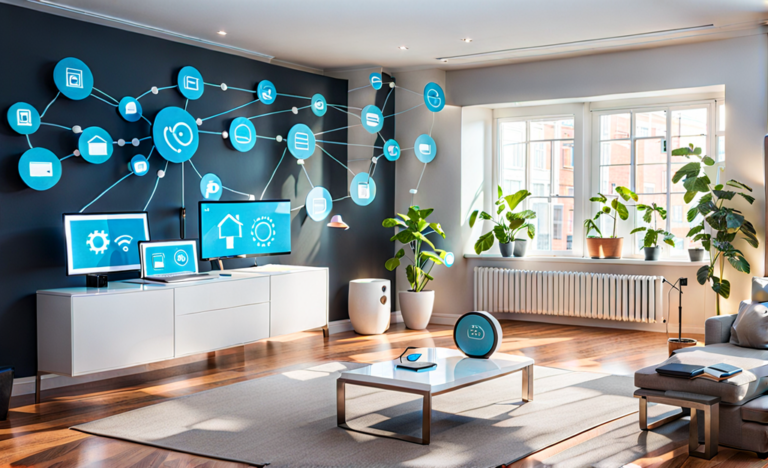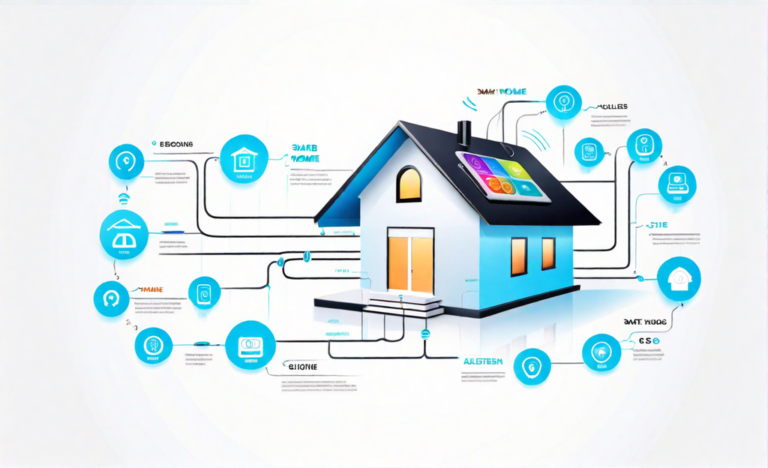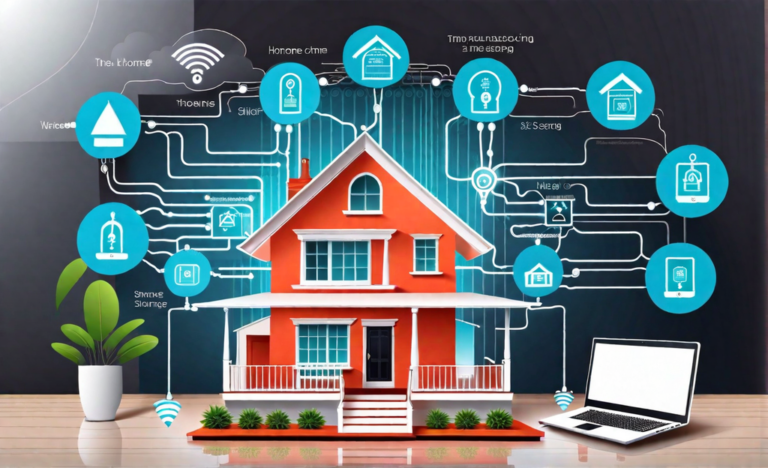Smart Home Pros and Cons
Smart homes, equipped with interconnected devices and automation, offer a new level of convenience and efficiency. From intelligent thermostats to voice-activated assistants, the technology promises to transform the way we live. However, along with the myriad benefits, smart homes also present challenges and considerations.
Introduction
The concept of smart homes, where devices communicate and collaborate to make daily life more efficient, has gained substantial traction. However, like any transformative technology, smart homes come with a set of advantages and drawbacks. This guide aims to provide a comprehensive understanding of the pros and cons associated with smart homes, helping individuals make informed decisions about integrating these technologies into their living spaces.
Understanding Smart Homes
Smart homes leverage the Internet of Things (IoT) to connect and automate various devices, enabling them to communicate and be controlled remotely. This interconnectedness allows for enhanced convenience, energy efficiency, security, and customization.
Pros of Smart Homes
1. Convenience and Automation
- Time-Saving: Automation of routine tasks, such as adjusting thermostats or setting up lighting schedules, saves time and effort.
- Voice Control: Voice-activated assistants provide hands-free control over various devices, enhancing convenience.
2. Energy Efficiency
- Smart Thermostats: Energy-efficient devices like smart thermostats optimize heating and cooling based on usage patterns, reducing energy consumption.
- Smart Lighting: Automated lighting systems can adjust brightness and turn off when not needed, promoting energy savings.
3. Enhanced Security
- Smart Security Systems: Integrated security cameras, motion detectors, and smart locks enhance home security, offering real-time monitoring and alerts.
- Remote Access: Users can monitor and control security features remotely, providing peace of mind when away from home.
4. Customization and Flexibility
- Personalized Settings: Smart home systems can be tailored to individual preferences, allowing for customized experiences.
- Scalability: Homeowners can start with a few devices and gradually expand their smart home ecosystem based on evolving needs.
5. Remote Monitoring and Control
- Mobile Apps: Smart home apps enable users to monitor and control devices from anywhere with an internet connection.
- Notifications: Receive instant alerts about security breaches, appliance malfunctions, or unusual activities within the home.
Cons of Smart Homes
1. Cost
- Initial Investment: The upfront cost of purchasing smart devices and systems can be substantial.
- Maintenance Costs: Ongoing expenses may include software updates, device maintenance, and potential subscription fees for premium features.
2. Privacy Concerns
- Data Collection: Smart devices often collect data about user behavior, raising concerns about privacy and surveillance.
- Data Sharing: Manufacturers may share collected data with third parties, impacting user privacy.
3. Security Risks
- Cybersecurity Threats: Smart homes are vulnerable to hacking, potentially leading to unauthorized access to devices and personal data.
- Device Vulnerabilities: Inadequate security measures in devices can expose them to exploitation.
4. Compatibility Challenges
- Interoperability Issues: Devices from different manufacturers may not work seamlessly together, requiring careful consideration during selection.
- Service Outages: Dependence on internet connectivity can render devices useless during outages.
5. Dependence on Technology
- Reliability Concerns: Smart home systems may face occasional malfunctions or errors, impacting daily routines.
- Learning Curve: Users, particularly those unfamiliar with technology, may find the learning curve challenging.
Tips for a Smart Home Transition
1. Research and Compatibility
- Thorough Research: Before purchasing devices, research compatibility, and ensure they meet your specific needs.
- Integration Planning: Plan how devices will work together to avoid compatibility issues.
2. Security Measures
- Strong Passwords: Set strong, unique passwords for all smart devices.
- Regular Updates: Keep devices and software up to date to patch vulnerabilities.
3. Privacy Settings
- Review Settings: Regularly review and adjust privacy settings on smart devices.
- Data Control: Choose devices that allow you to control and limit data sharing.
4. Cost Considerations
- Budget Planning: Develop a budget for smart home integration, considering both initial costs and ongoing expenses.
- Prioritize Devices: Start with essential devices and gradually expand based on priorities.
5. Continuous Learning
- Stay Informed: Keep up with developments in smart home technology and security measures.
- Training and Support: Seek training or support to better understand and troubleshoot smart home devices.
Conclusion
Smart homes offer a plethora of benefits, from enhanced convenience to energy savings and improved security. However, it’s crucial to approach this technology with awareness of potential drawbacks. By carefully weighing the pros and cons, conducting thorough research, and implementing security and privacy measures, individuals can make informed decisions about integrating smart home technology into their lives. As the landscape of smart home technology continues to evolve, staying informed and adapting to best practices will be key to maximizing the advantages of this innovative and transformative technology.






